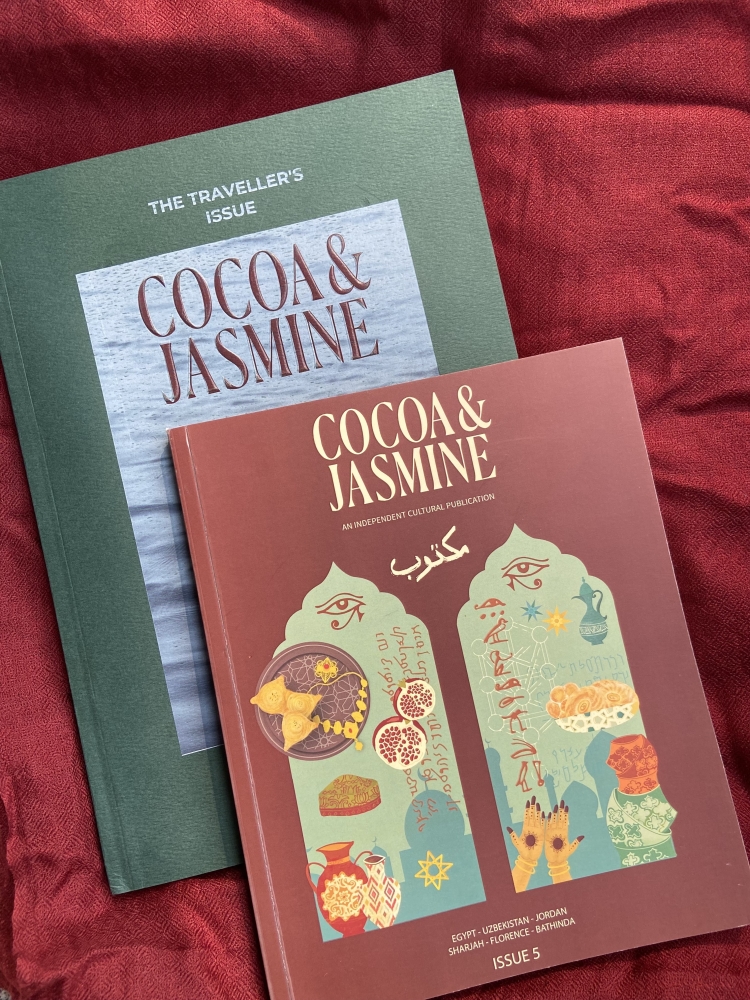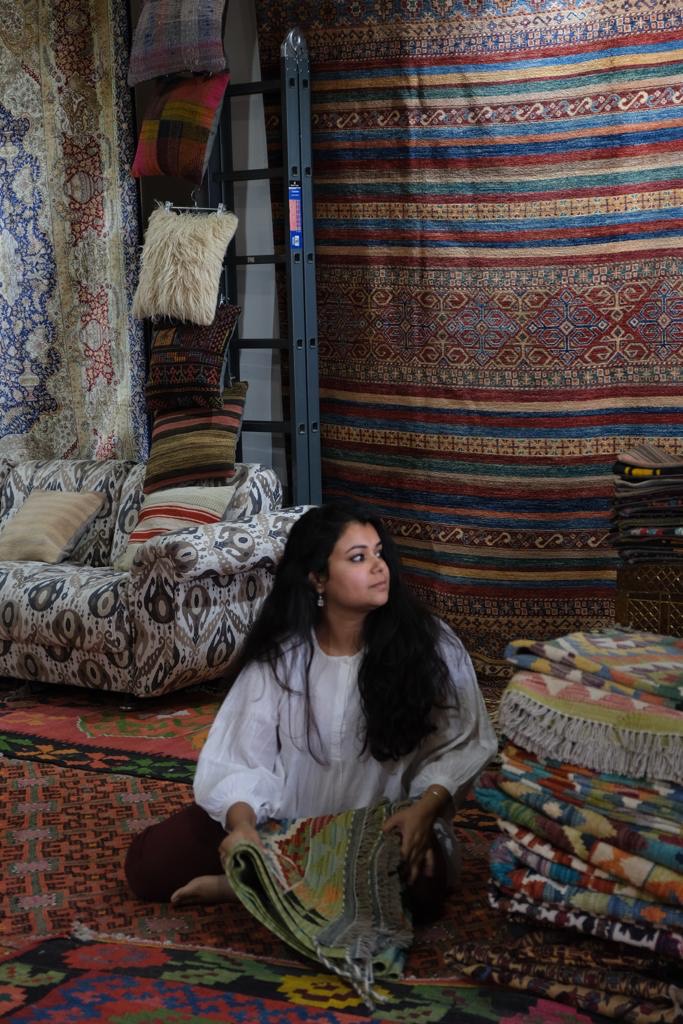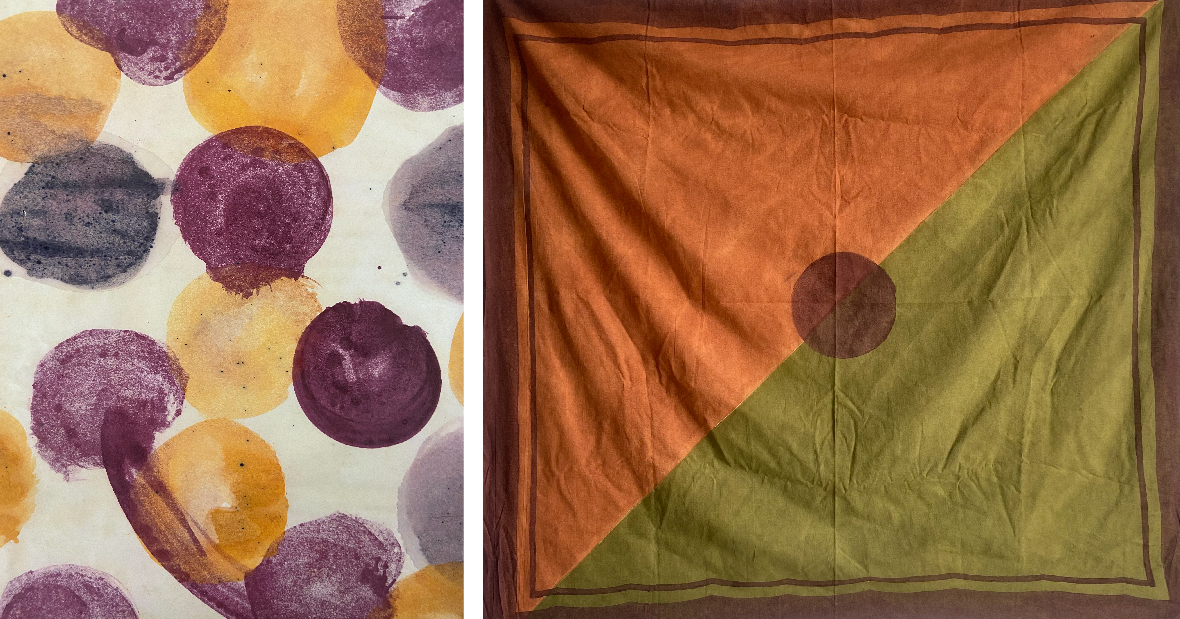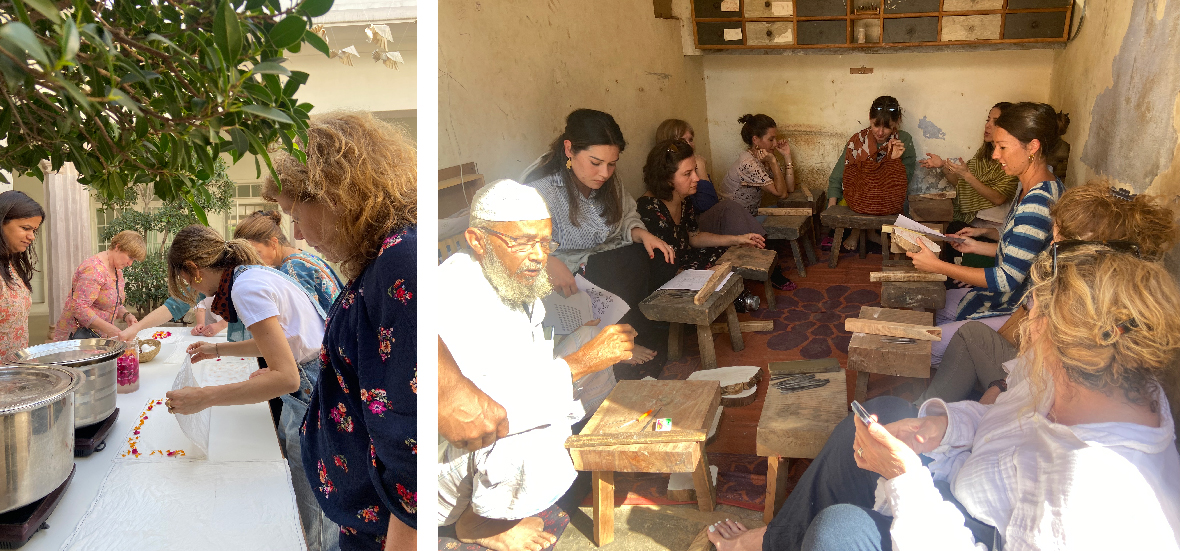easy
returns
cash on
delivery
free
shipping
Continue Shopping >


Sayali Goyal
Pioneering a cultural magazine and Agency, Sayali Goyal is pushing the envelope and breaking boundaries within art. An alumni of the University of Arts, London where she specialized in surface textile, she went on to launch Cocoa & Jasmine in 2018. From the written word to the experiential she talks about refreshing offerings on the horizon with community at its core
What's one true stereotype about art school students?
That we live in an alternative idealistic world in our heads.

Why the name Cocoa Jasmine?
Cocoa and Jasmine were inspired by my travels in 2016 to the cocoa fields of Coonoor and Jasmine fields of Madurai ( both in Tamil Nadu). The trip was a spiritual awakening of sorts and highly inspirational creatively. Initially the name was for a personal travel and photography blog, but it just stayed as I think it expresses the true essence of my work.

Having been a multi-city resident, what has each place you've lived in taught you about the diverse concept of beauty?
I think I am a product of all the cities I have lived in, however London is such a grounding force in my life, and equally freeing creatively. It lets me be exactly who I am i.e a jack of all trades and gives me room to be a multidisciplinary practitioner who is curious about many things. I have a diverse community of friends and colleagues in the city, that keeps me open minded. The dream is to have a London studio one day.
A lot of your work is fuelled by the art of collaboration – what is imperative to a good partnership in the realm of art?
Shared values and vision is the basis of a good collaboration and knowing that all collaborations are not always transactional but for the joy of co- creating and creative growth. I am usually very intuitive when it comes to artistic collaborations, like my recent art show in San Francisco, California was with a rug artist and painter who I had never met, but I felt our energies were similar, and I immediately thought the collaboration was exciting. We bonded over our use of colour in work. It's definitely for the joy of the experience, rather than strategy.

An interesting offering of your practice is craft-led travel. What propelled this idea and how have you personally explored these craft clusters?
The curation is extremely handpicked and hence valuable to our readers and customers as our insights are authentic. The print publication is a long form journal with primary research, so I felt that all this knowledge needed to translate into a service that was unique and also adds value to the people I write stories on ( i.e artisans/ designers etc). It doesn't function like a traditional travel company which is mainly managing logistics, but works like a knowledge provider and curator of experiences. We only offer hotels, restaurants, and experiences that I think are suitable for a creative traveler who enjoys boutique luxury. Automatically my clients are also designers, artists, journalists mostly. Now that we have traveled over 20 states in Indian and international craft destinations like Mexico, Morocco, Portugal, Uzbekistan, Egypt, Italy, we'll soon be making our travel segment global.
'Footnotes' – your events vertical is imminent, what is it about and what can we expect?
It was a response to the many events that happen now worldwide that are usually large-scale, over-marketed, mostly commercial, with similar speakers and sometimes little substance. Also, most of them focus on one niche ( art / design/ craft). I wanted to create small events that are global and inclusive but also hyper local, thus creating a platform that connects micro communities to a macro landscape, and have conversations about the things that are human and of cultural relevance. This approach automatically makes it open to multidisciplinary practitioners such as a painter who is also a textile designer and an entrepreneur to be part of it along with a dancer who has a day job. The format of these events is fluid, like panel discussions that are akin to drawing room conversations, lectures and presentations. This allows like minded people to come together and know about each other's work, for example, our first edit explored textile practices in the bay area, California, the second is a conversation on identity, migration and material culture in Vancouver between 3 journalists, and the third is a conversation between 3 artists in London belonging to different backgrounds.
